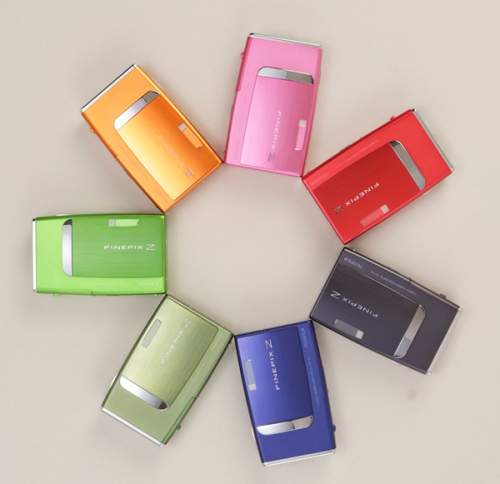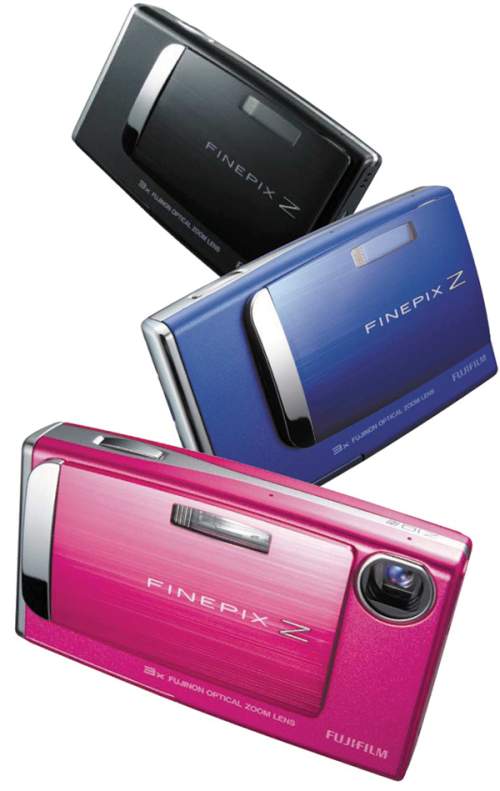

Compact cameras are designed to be small and portable and are particularly suitable for casual and "snapshot" use, thus are also called point-and-shoot camera. The smallest, generally less than 20 mm thick, are described as subcompacts or "ultra-compacts". Compact cameras are usually designed to be easy to use, sacrificing advanced features and picture quality for compactness and simplicity; images can usually only be stored using lossy compression (JPEG). Most have a built-in flash usually of low power, sufficient for nearby subjects. Live preview is almost always used to frame the photo. They may have limited motion picture capability. Compacts often have macro capability, but if they have zoom capability the range is usually less than for bridge and DSLR cameras. Generally a contrast-detect autofocus system, using the image data from the live preview feed off the main imager, focuses the lens.
Typically, these cameras incorporate a nearly-silent leaf shutter into their lenses.
To enable lower costs and smaller size, these cameras typically use image sensors with a diagonal of approximately 6 mm, corresponding to a crop factor around 6. This gives them weaker low-light performance, greater depth of field, generally closer focusing ability, and smaller components than cameras using larger sensors.
No comments:
Post a Comment